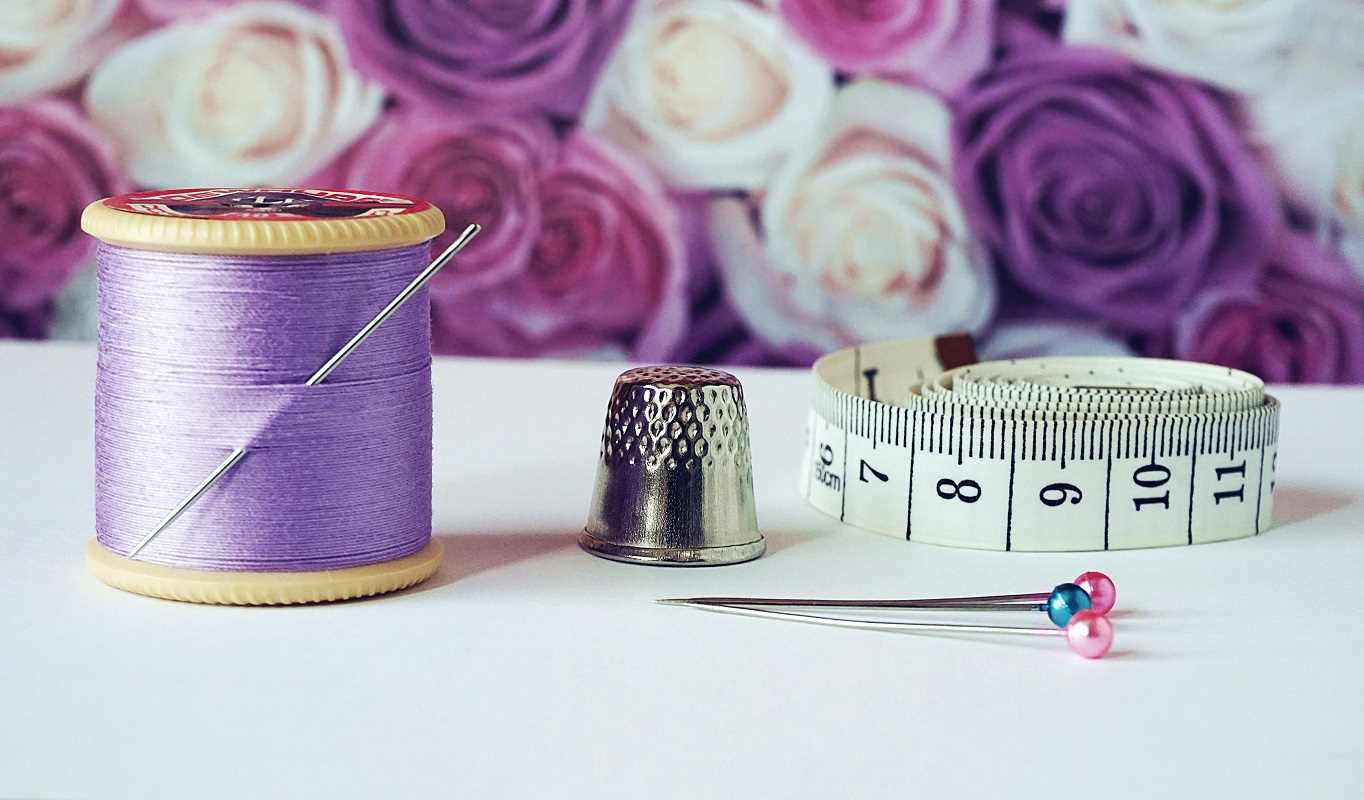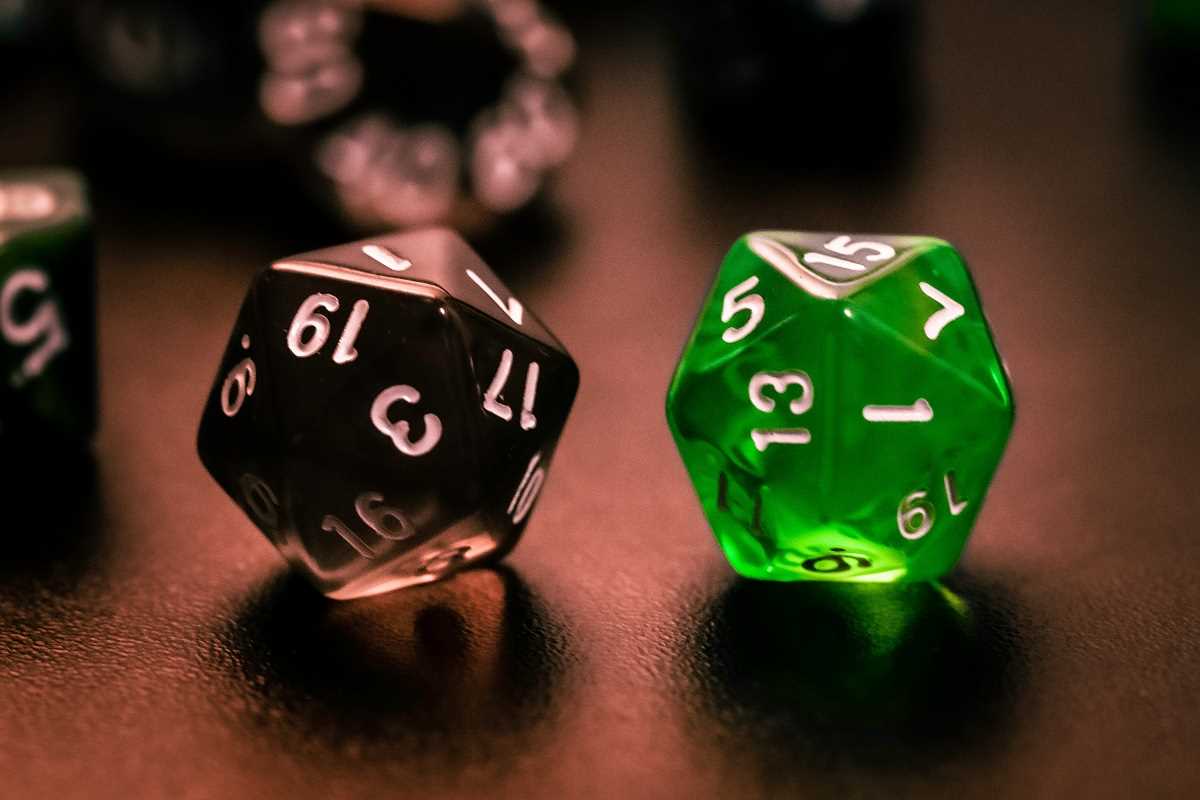Creating your first Dungeons & Dragons character might seem as intimidating as slaying a dragon without a sword, but don’t worry—we've got you covered. If the idea of “ability scores” or “classes” makes your brain do acrobatics, relax. Building a character is actually one of the most exciting parts of playing D&D. It’s where you breathe life into your adventurer, turning them from a blank slate into a hero (or chaotic wild card).
This guide will walk you through the character creation process step by step, breaking down each part with clear explanations and easy examples. By the end, you’ll be ready to sit at the game table with confidence and maybe even a bit of swagger. Grab some dice, a pencil, and your imagination. Here we go!
What You’ll Need to Get Started
- A Character Sheet (you can find free templates online).
- Dice (specifically a set of polyhedral dice, including a 20-sided die called the d20).
- Access to the Player’s Handbook (optional, but super helpful).
- An open mind and willingness to get creative.
Got your stuff? Great. It’s time to start crafting your alter ego.
Step 1: Choose a Race (What Are You?)
The first step is deciding what kind of being your character is. D&D offers a wide range of fantastical races, each with unique traits and abilities that affect gameplay. Think of it as your character’s species.
Some common options include:
- Humans: Well-rounded and versatile. Great for beginners.
- Elves: Graceful and nimble, with heightened senses. Perfect for archers or stealthy characters.
- Dwarves: Tough and sturdy. Excellent for warriors and grumpy tavern-goers.
- Halflings: Small, lucky, and charming. Think Frodo from The Lord of the Rings.
- Dragonborn: Humanoid dragons that can breathe actual fire. Enough said.
Each race comes with bonuses to certain stats (like extra strength for dwarves or agility for elves) and unique abilities (halflings, for example, have a knack for avoiding bad luck). Pick one that sparks your interest or fits the kind of character you want to play.
Want to try something classic? You might choose a Human for its all-around flexibility, or if you’re feeling adventurous, go for a Dragonborn to terrify enemies with fiery breath.
Step 2: Pick a Class (What Can You Do?)
Next up is your class. Think of this as your character’s job or skill set. Your class determines what abilities you’ll have and how you contribute to the group. Each class has its strengths, weaknesses, and role in the party.
Here are the main classes to consider:
- Fighter: Strong and skilled in combat. Perfect if you want to hit things (hard).
- Wizard: Masters of spellcasting, though they may not last long in a fistfight.
- Rogue: Sneaky, clever, and great at stealing things or pulling off daring stunts.
- Cleric: Part healer, part holy warrior. The friend who patches up the team after battles.
- Bard: Charismatic performers who charm fighters and enemies alike with music and flair.
Maybe you want to wield magic for the first time. You’d select Wizard. Or, if you prefer smashing trolls with a giant sword, Fighter is a safe bet.
PRO TIP: If you’re not sure which to pick, go with Fighter. It’s straightforward and easy to play as a beginner.
Step 3: Roll Ability Scores (What Are Your Strengths?)
Here’s where the dice come into play. Every D&D character has six key stats, known as Ability Scores. These represent your character’s strengths and weaknesses in certain areas:
- Strength (how hard you hit things and carry stuff).
- Dexterity (agility, stealth, and dodging attacks).
- Constitution (your stamina and ability to take hits).
- Intelligence (book smarts and problem-solving skill).
- Wisdom (common sense and perception).
- Charisma (how charming or intimidating you are).
To determine your scores, you roll four six-sided dice (4d6), drop the lowest number, and add the remaining three. Repeat this six times and assign the results to your chosen stats. Higher numbers are better.
Say you rolled these numbers: 14, 13, 10, 16, 12, and 8. If you’re playing a Rogue, you’d probably assign the 16 to Dexterity (for sneakiness) and the 14 to Strength (to carry you through tight situations). The other numbers fill in as needed.
If this sounds too complicated, don’t worry! Many pre-made character sheets include ability scores so you can jump straight into the action.
Step 4: Choose a Background
Your background adds flavor (and extra skills) to your character. It answers the question, “What were you doing before this adventure?”
Some popular background options include:
- Folk Hero (a local legend known for standing up to bullies).
- Sage (someone who spent their life studying, like a librarian or scientist).
- Soldier (a battle-hardened warrior who’s seen combat).
- Entertainer (a charismatic performer who can earn gold with a lute).
Backgrounds give you bonus skills, gold, and sometimes fun quirks. For instance, a Sailor background might mean you have sea shanties in your back pocket and know how to steer a ship.
Example
If you’re playing a Bard, picking an Entertainer background would make sense, giving you music-related perks and charisma boosts.
Step 5: Equipment and Starting Gear
Every hero needs tools of the trade. Your class determines your basic equipment. You won’t be heading into battle with jeans and a stick (unless you really want to).
For most beginners, the game offers pre-selected starting gear. For example:
- A Fighter might start with a sword, shield, and chainmail armor.
- A Wizard begins with a spellbook, a wand, and a robe (hopefully stylish).
You can also choose optional items like torches, rope, or, if you’re a Bard, a lute for serenading cave trolls.
For our earlier Rogue example, you’d start with a leather armor for stealth, a short bow for ranged attacks, and lock-picking tools for breaking into places you probably shouldn’t.
Step 6: Personality and Backstory
This step is optional, but it makes your character far more fun to play. Who is your character really? Are they brave? Shy? Hilariously awkward? Flesh out their backstory with these elements:
- Personality Traits (e.g., “I’m always cracking jokes, even at the worst times.”).
- Ideals (e.g., “Helping others is more important than gold.”).
- Flaws (e.g., “I’m horribly afraid of spiders.”).
While you don’t need a novel-length backstory, a few details can make your character more memorable and relatable.
Say your Wizard used to be a hapless librarian before an accidental explosion revealed their magical powers. Now they’re awkward, bookish, and perpetually on the run from the angry head librarian.
Step 7: Put It All Together!
With your race, class, stats, gear, and personality sorted, you’re now ready to create your character sheet and jump into the game. Give your adventurer a memorable name (e.g., Sir Punchalot, the Impulsive), and you’re ready to face dungeons, dragons, and whatever curveballs your Dungeon Master throws at you.
Building your first D&D character is like creating your own action hero (or anti-hero) from scratch. Sure, there are rules to follow, but don’t stress about getting every detail right. The goal is to have fun, tell a great story, and perhaps fail spectacularly along the way. Remember, it’s YOUR character, so make them as bold, quirky, or melodramatic as you like.
 (Image source: Midjourney)
(Image source: Midjourney) 





